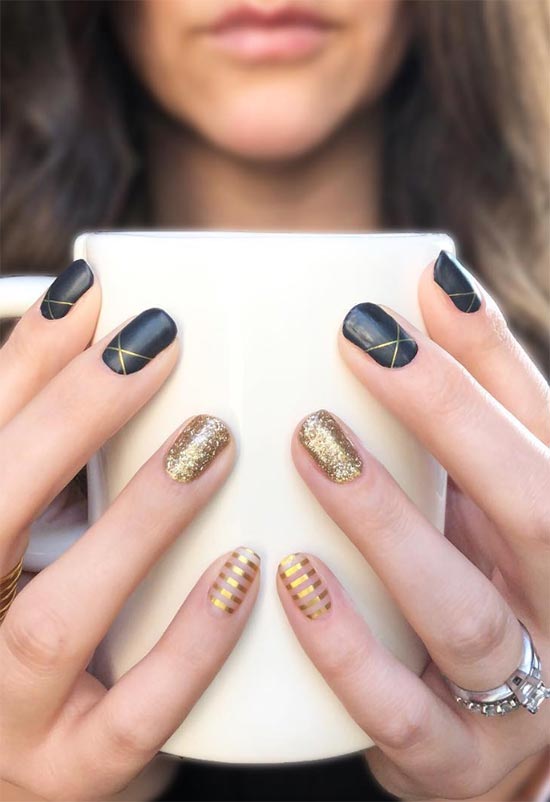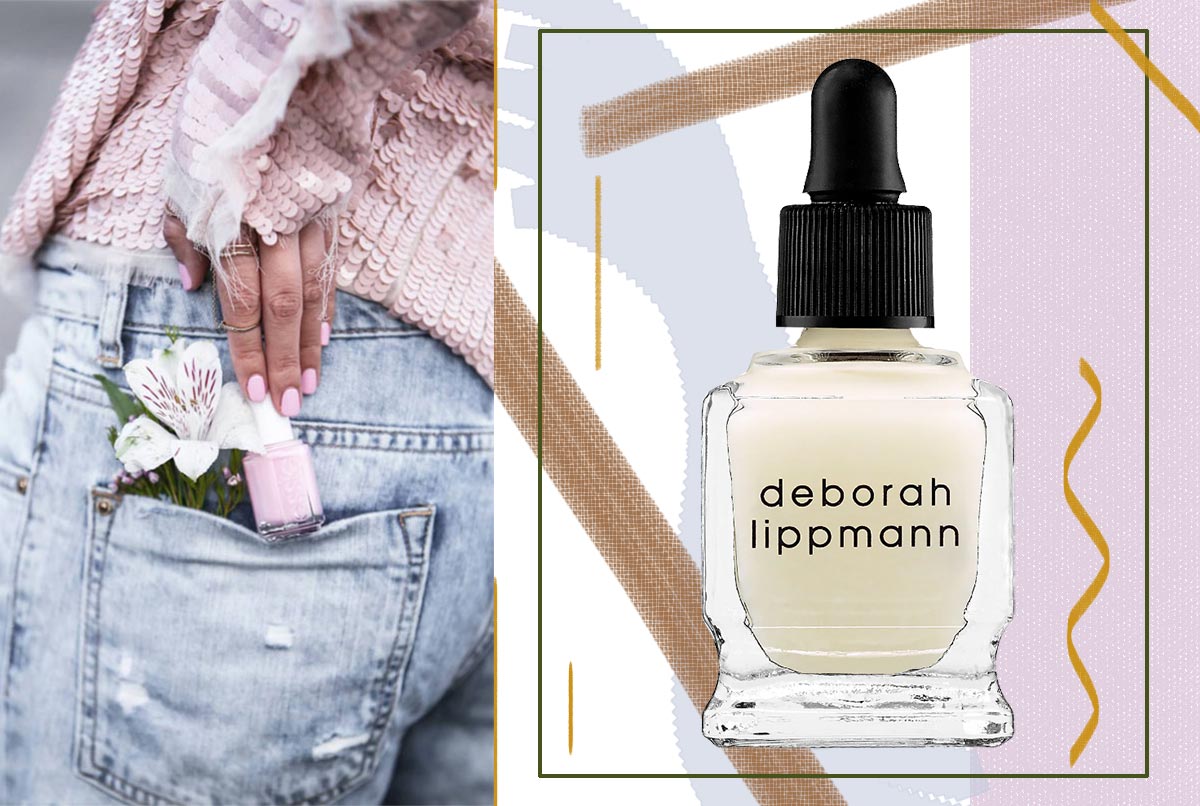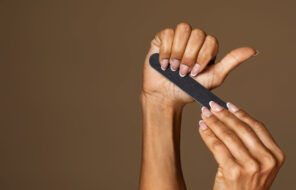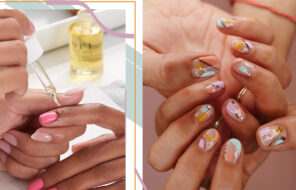When cuticles become dry, nails are more likely to crack and the area around them to become infected. Yet, the skin covering at the base of the nails seems almost always to be neglected. While it may seem it’s best to nix cuticles in general so the manicure can never be ruined again, infection will likely drop if you don’t do it correctly.
Using a cuticle remover to get rid of dry cuticles is the safer way to neat-looking nails. If this sounds better to you, then you’re in the right place. We have prepared an entire article on how to get rid of those pesky cuticles with cuticle remover safely!
In this article:
- What Is Cuticle Remover?
- Pros & Cons of Cuticle Removers
- Cuticle Remover vs. Cuticle Pusher
- Is It Safe to Use Cuticle Removers?
- How to Use
- How Often and When to Use?
What Is Cuticle Remover?
Before I even enter into the realm of what a cuticle remover is, I find it essential to explain what cuticles are and why they exist on our nails. The cuticle is a dead skin layer around the nail plate that provides a barrier between the nail and the living skin, keeping infection and bacteria at bay. So, because the cuticle is a somewhat essential part of the nail bed, it’s important not to overuse cuticle remover since it can damage the living tissue.
So, what exactly is a cuticle remover?
Simply put, cuticle remover is a solvent that will soften the dead tissue of the cuticle around your nail, making it far easier to push it back and/or trim. It usually contains potassium hydroxide and sodium hydroxide, both of which are very alkaline chemicals having a very high pH that can be irritating and drying to the skin when used too often.
There are also gentler types of cuticle removers based on alpha hydroxy acids (glycolic or lactic acid), milk- or plant-derived natural exfoliants, often used in skin care. However, they work more slowly and still can be irritating to the skin when used too often.
The acidic nature of cuticle removers makes many people wary of using them. In the end, to achieve a salon-worthy manicure, cuticle remover is a must, and using it safely is important.

Pros & Cons of Cuticle Removers
Like any other product, cuticle removers come with their benefits and drawbacks, which we discuss below.
Pros
- It softens the dry, dead skin around the nails, making the removal a breeze,
- It prevents flaking and dry cuticles, thus protecting nails against infections,
- It also prevents hangnails,
- Cuticle removers make manicures appear neater, giving the illusion of longer nails.
Cons
- It doesn’t work as fast with rough cuticles,
- It may potentially damage the nail tissue when left on longer than instructed.
Cuticle Remover vs. Cuticle Pusher
Cuticle remover is a liquid that can be applied to your nail bed to soften the cuticle, making it easier to cut or push it back. As stated before, it is a solvent that sits on the acidic level of the pH scale.
On the other hand, cuticle pushers are metal, wood, or plastic tools used to tuck the cuticle back underneath the skin and push it away from the nail bed.
For better results, you might like to use them both – first applying the cuticle remover and then gently pushing back your cuticles with a cuticle pusher.
Is It Safe to Use Cuticle Removers?
While cuticle removers are great and can be very effective, leaving them on too long is where damage can occur. For this reason, it is very important to read the instructions and see the time limit and follow through on them. If the cuticle remover you purchase doesn’t give you a time limit on how long it should set in on your cuticles, know that 2-3 minutes is a good limit to have.
Because of the alkaline ingredients contained, they can be drying and irritating to the skin, so using sparingly and moisturizing and nourishing your hands and nails afterwards is the safer way of removing your cuticles.
Other than this concern, cuticle removers are safe to use and will not cause any harm to your nails, hands, or body in general.

How to Use
While the instructions on your cuticle remover’s packaging will guide you perfectly well, this is how you use it safely:
- Prep
Start by washing your hands and removing any nail polish or gel coating from your nails.
- Apply
Read the directions and apply the cuticle remover around the cuticles, as instructed.
- Leave on
Leave it on for around 30 seconds (or as long as the packaging instructs) so that the cuticle softens. If your cuticle doesn’t come off in this time, repeat the process on another day to not cause any unwanted damage to your nails.
- Push the Cuticles Back
Push the cuticles back or trim them. We recommend simply pushing them back since trimming them without identifying the living tissue might mean that you’ve taken something away from the nail that it needs.
- Get Rid of the Excess
Use a damp towelette to wipe off any excess dead skin or cuticle remover. Then wash your hands again.
- Moisturize
Moisturize your hand and nails using cuticle oil or cream.
- Do Your Mani
Start your manicure and enjoy your beautiful, healthy, and elongated nails!
How Often and When to Use?
Cuticle remover is essential to creating a flawless manicure, therefore each time you give yourself a DIY manicure, it would be good to apply a bit of cuticle remover. If your cuticles tend to lean towards the thicker side, then once-a-week cuticle remover use would be a nice touch – just don’t forget to moisturize well afterwards.
Photos via @thatsotee, Instagram





